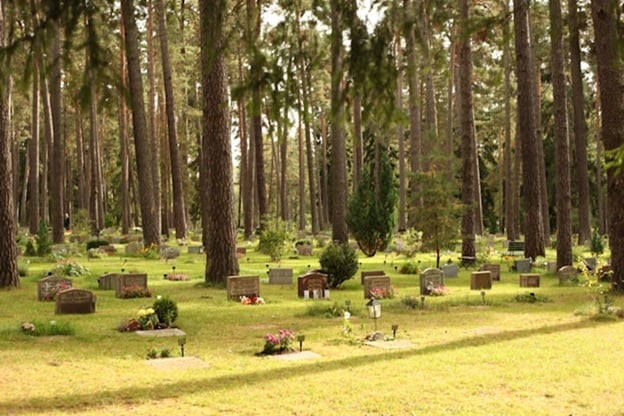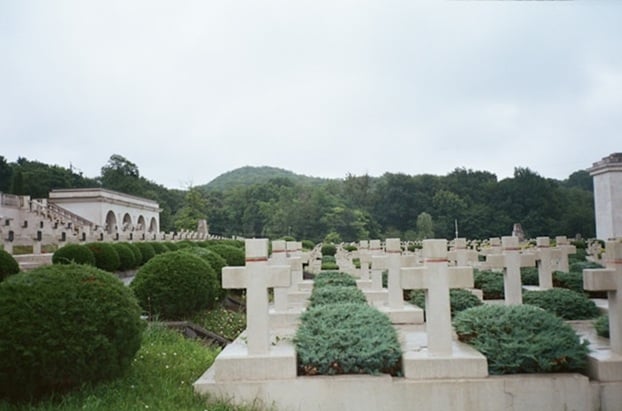How Cemeteries Support Local Wildlife and Native Plants

Many people view cemeteries solely as places of remembrance and reflection. Yet, cemeteries in Schenectady, NY are also unexpected sanctuaries for local wildlife and native plant species. Beyond their cultural significance, these green spaces provide invaluable environmental benefits by preserving natural habitats, even within urbanized areas.
Cemeteries as Urban Biodiversity Refuges
Cemeteries often represent some of the oldest continuous green spaces in a region. Due to limited development over time, these areas retain a mix of native grasses, wildflowers, shrubs, and trees that foster diverse ecosystems. This undisturbed vegetation offers safe shelter and food sources for many species, especially birds, small mammals, and beneficial insects. In cities, where concrete dominates the landscape, cemeteries act as mini-reserves protecting delicate biodiversity.
Native Plant Conservation and Natural Landscaping
Native plants are essential to maintaining healthy ecosystems, as they support pollinators and enhance soil stability. In many cemeteries, natural landscaping initiatives favor indigenous flora over ornamental, non-native species. The reduced use of pesticides and synthetic fertilizers helps native plants flourish. This practice not only improves local environmental health but also educates the public about the importance of reintroducing native species into home gardens and parks.
Pollinator Pathways and Bird Habitats
Butterflies, bees, and hummingbirds thrive in quiet environments filled with wildflowers and flowering trees. Cemeteries often become key pollinator pathways, linear corridors where insects can safely travel, rest, and feed. Likewise, tall trees and old groves within cemeteries serve as nesting spots for various bird species, including cardinals, woodpeckers, and sparrows. These green corridors help connect fragmented habitats, which are especially important in suburban and urban sprawl.
Seasonal Wildlife Migration Support
As seasons change, many animals rely on green spaces like cemeteries for temporary shelter and foraging. Migrating birds, for example, use these peaceful areas as stopover points to rest and refuel. Deer, foxes, and other mammals may pass through or temporarily reside in larger cemeteries with woods or meadows. The quiet nature of these grounds minimizes human disturbance, allowing for safe seasonal transitions.
Climate Regulation and Carbon Sequestration
Trees and large shrubs in cemeteries perform important climate functions, including carbon capture, air filtration, and temperature regulation. By absorbing carbon dioxide and releasing oxygen, cemetery vegetation helps combat urban heat and improve air quality. The shade provided by tree canopies also cools the surrounding areas, making cemeteries ecological assets in addressing climate-related issues.
 Community Engagement and Environmental Stewardship
Community Engagement and Environmental Stewardship
Many cemeteries encourage environmentally conscious practices through guided walks, native plant workshops, and wildlife observation events. By integrating community members into stewardship efforts, these spaces become living classrooms that foster deeper respect for nature.
Key Ways Cemeteries Support the Environment:
- Protecting native plant habitats.
- Providing safe zones for urban wildlife.
- Reducing pesticide and chemical use.
- Serving as migration corridors for pollinators and birds.
- Offering green infrastructure benefits (e.g., shade, clean air, water absorption).
A New View of Cemetery Green Spaces
When we consider their quiet beauty and ecological potential, cemeteries in Schenectady, NY emerge not just as resting places, but as thriving sanctuaries for native life. These green havens offer a vital intersection of history, remembrance, and biodiversity conservation.
Interested in supporting nature through thoughtful planning and preservation? Learn how Albany Diocesan Cemeteries blends ecological care with meaningful tradition. Discover our services today.
Admin
Albany Diocesan Cemeteries are operated for the religious and charitable purposes of the Roman Catholic Church through the burial and memorialization of the faithful departed.

